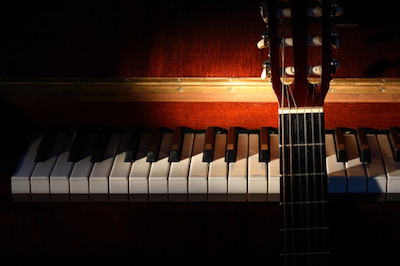Sit down at a piano and strike every key. Each makes a different sound. When played together, they create a beautiful sound.
Pianos have 88 keys on a standard piano. They have more combinations than any other instrument played today. Each key represents a different note, giving the piano a wide array of playability.
 But why 88 keys? Why not 50? Or 200? The answer is both historical and practical.
But why 88 keys? Why not 50? Or 200? The answer is both historical and practical.
The piano was originally developed based on the modification of the harpsichord, which has 60 keys. If you travel back in time, you’ll find that era had pianos with 60 keys. 60 keys represented 5 octaves, with 12 notes in an octave.
As pianos grew in popularity, composers began writing more music specifically for the piano. It wasn’t long before they attempted to create more difficult pieces requiring higher pitches than were possible with the originals. So they began working with piano makers to create pianos with more keys.
Over the history of the piano, you’ll find many different versions of pianos with different numbers of keys. By the mid 1800s, pianos had reached their modern day 7 octave range, with Steinway creating one of the first 88 key pianos. Other piano manufacturers quickly followed suit.
Today’s modern pianos have 52 white keys and 36 black keys. The white keys represent the musical tones A, B, C, D, E, F, and G. The black keys represent the half-step intervals, known as sharps and flats. The grouping of seven white keys and five black keys together make up the 12 notes of the octave.
Could pianos be made with more than 88 keys? Yes. But the added notes would make the piano bigger and heavier. And more expensive. In truth, notes beyond the standard 88 keys get into octaves that are more difficult for the human ear to distinguish. While it is possible, many consider it impractical. Which is how 88 became the standard.

